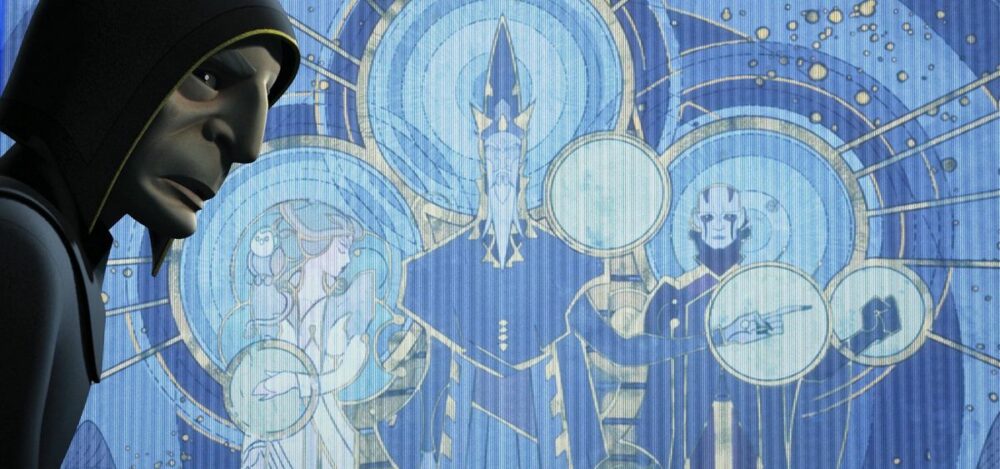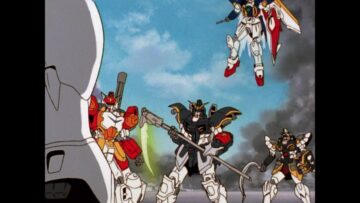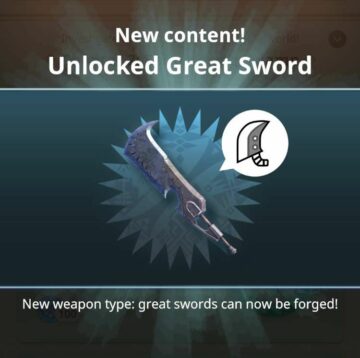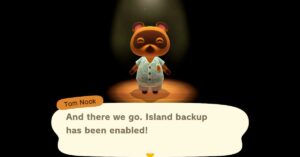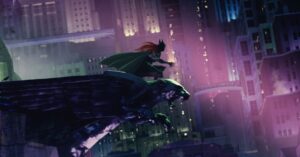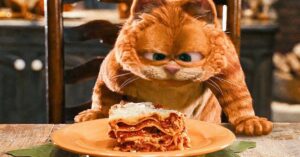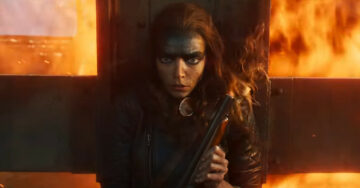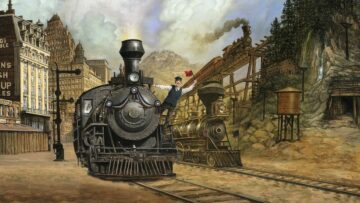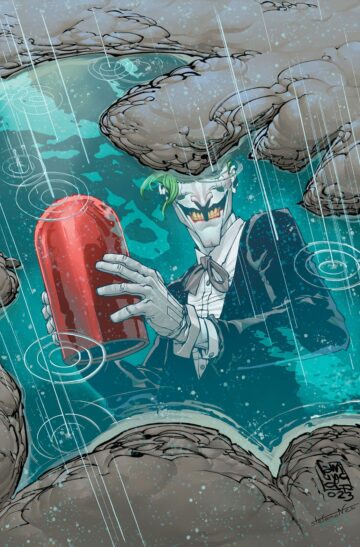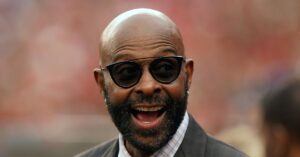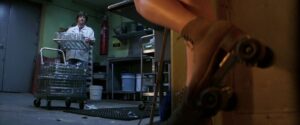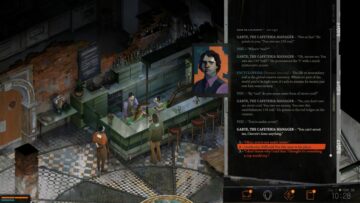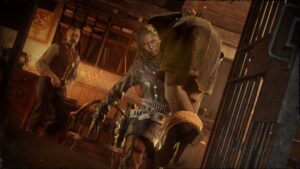We all knew that Ahsoka would pick up plotlines from Star Wars: Clone Wars and Rebels. But I didn’t expect its finale to reprise the most baffling piece of cinematic Star Wars media I’ve ever consumed.
Nevertheless, here we are: With an owl and some statues, Ahsoka said “It’s gods of Mortis time, baby!”
The gods of Mortis are a trio of Star Wars characters pitched to the Star Wars: Clone Wars writing room by George Lucas, and it’s hard to explain exactly what they are inside of Star Wars canon, because of how vaguely Clone Wars elucidates them. They’re secretive beings of great and largely unknown power, who are shrouded in legend — they can transform their own shapes, grab lightsabers by the blade like it ain’t no thang, manipulate Force visions, and one of them loves murder. Are they full on celestial beings? Or are they just powerful Force-users? It’s ambiguous.
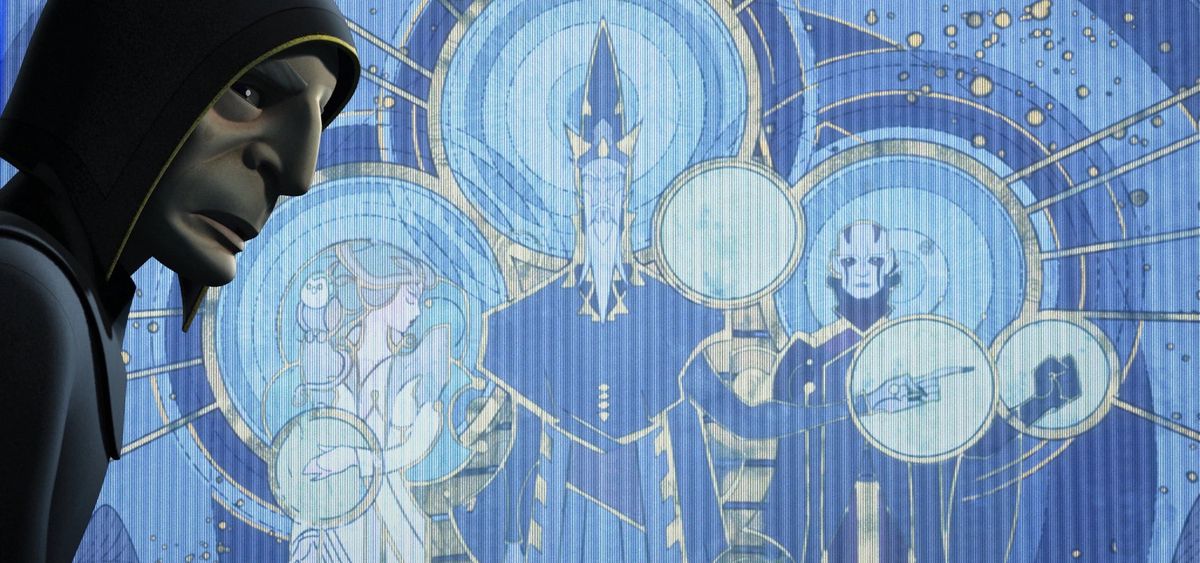
Outside of the fiction, they read as Lucas using the structure of fable to depict an endless cycle of struggle between Jedi and Sith. The Mortis “gods” form a pantheon of three: The selfless, life-bringing Daughter; the selfish, violent Son; and the Father who seeks to keep each of them from dominating the other. To this end, the Father sequesters them all in a dreamlike realm called Mortis (which may, or may not, or may only sometimes, have a set location in actual space) where the landscape itself represents the battle of the Son and Daughter’s natures, with seasons changing as quickly as the hour.
Though images of the Mortis gods appear in Rebels’ final season, there’s really only one Mortis gods story: A three-part arc in the third season of Clone Wars, including the episodes “Overlords,” “Altar of Mortis,” and “Ghosts of Mortis.” Obi-Wan, Anakin, and Ahsoka follow an ancient Jedi distress signal to a giant crystal floating in space, which promptly yanks their shuttlecraft inside it, where they meet the Daughter, the Son, and the Father. The Father brought them here because he has heard Anakin might be the Chosen One who could take his place as his children’s jailer/referee.
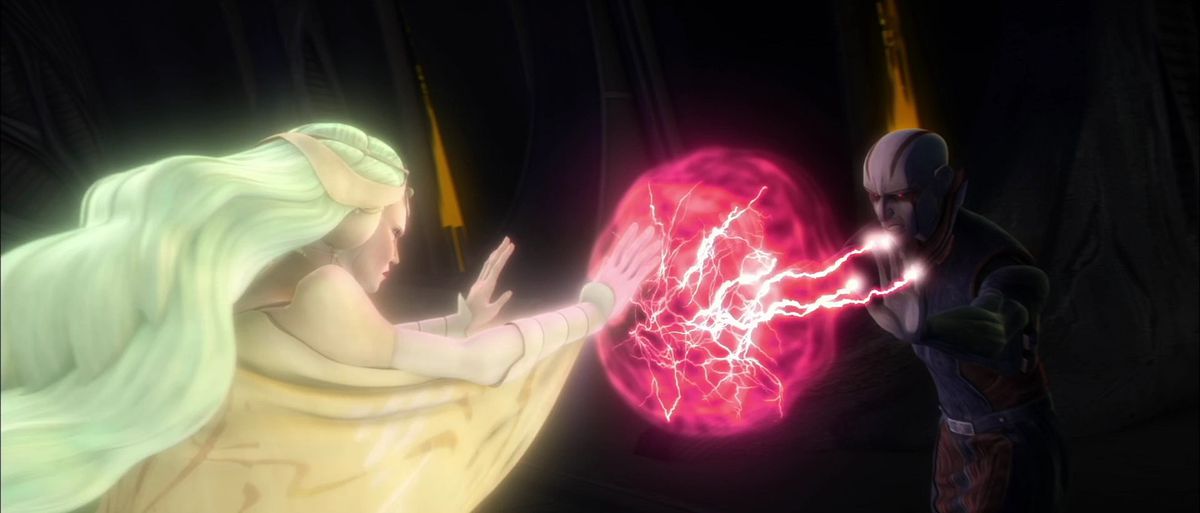
From there, the story proceeds feverishly. It’s not good, but it is a fascinatingly weird experience, like listening to a friend describe a sprawling nightmare. I cannot recommend it, but at the same time I would like more people I know to watch it so that, like a weird dream, I have someone to talk to about it.
[Ed. note: The rest of this piece contains spoilers for the Mortis gods episodes, on the off chance I’ve already convinced you to watch them.]
Here are some things that happen in the Mortis gods arc: Ahsoka dies. Like, a child straight-up dies on-screen. Later, the Daughter pours her dying life force into Ahsoka to bring her back. The Son gives Anakin a true vision of his future as Darth Vader. Horrified by the news that he will eventually turn to the Dark Side, Anakin responds by immediately turning to the Dark Side. Later, the Father wipes his memory of the vision so he can go back to normal.
At the end of the episode, Obi-Wan, Anakin, and Ahsoka wake up on their shuttlecraft in space only moments after they apparently left, as if it was all a dream. But it wasn’t. Ahsoka appears to carry some aspect of the Daughter with her — through to the final scenes of Ahsoka season 1.
Since Rebels, Ahsoka’s presence in a story has often coincided with the appearance of a owl-like bird with plumage the same color as the Daughter’s character design. Ahsoka herself seems to believe that the bird, which she calls Morai, represents the Daughter.
How does this connect to Ahsoka season 2 and the owl?
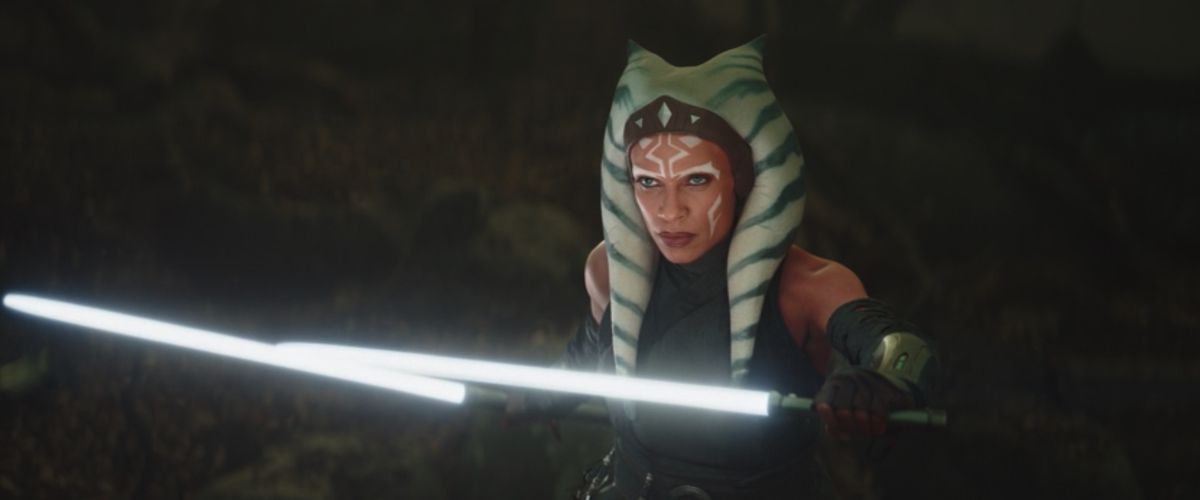
The gods of Mortis are very rooted in the kind of general mythopoeic ideas that Lucas has always cited as his inspiration for Star Wars’ metaphysics — but they’re still very weird!
After all, “an indefinable manifestation of life that surrounds and binds all matter in the universe and that some attuned individuals can be trained to harness for good or evil” is a thoroughly different understanding of the Force than “The Dark Side is winning right now because the god of the Dark Side killed his sister, the goddess of the Light Side.”
But it’s exactly this kind of predestined eternal battle — like the Norse Gods and Ragnarok, or the Greek gods and the Titans — that echoes Baylan Skoll’s conviction to end the millennia-long cycle of Sith and Jedi. And last we see him, he’s standing atop a statue of the Father, the Mortis god of balance between Dark and Light. Morai the convor bird also visits Ahsoka in the show’s final moments.
To try and say anything more — about how statues of the Mortis gods came to be in another galaxy, or how the “Force magic” of the Witches of Dathomir fit into all of this — would be pure speculation. Which, I would wager, is exactly what the Star Wars fandom will be doing until these elements return in a future TV series.
- SEO Powered Content & PR Distribution. Get Amplified Today.
- PlatoData.Network Vertical Generative Ai. Empower Yourself. Access Here.
- PlatoAiStream. Web3 Intelligence. Knowledge Amplified. Access Here.
- PlatoESG. Carbon, CleanTech, Energy, Environment, Solar, Waste Management. Access Here.
- PlatoHealth. Biotech and Clinical Trials Intelligence. Access Here.
- Source: https://www.polygon.com/star-wars/23902869/ahsoka-mortis-gods-meaning-finale-bird-owl-morai
- 1
- 820
- a
- About
- actual
- after
- All
- already
- also
- always
- an
- ancient
- and
- Another
- Anything
- appears
- ARE
- as
- aspect
- At
- back
- balance
- Battle
- BE
- because
- beings
- believe
- between
- bird
- Blade
- bring
- brought
- but
- by
- called
- calls
- came
- CAN
- carry
- chance
- changing
- character
- characters
- child
- chosen
- cinematic
- cited
- coincided
- connect
- consumed
- contains
- convinced
- could
- Crystal
- cycle
- Dark
- Design
- different
- distress
- does
- doing
- each
- echoes
- elements
- end
- Endless
- episode
- eventually
- EVER
- exactly
- expect
- experience
- explain
- fable
- Fiction
- Final
- finale
- fit
- follow
- For
- force
- form
- friend
- from
- full
- future
- Galaxy
- Gaming
- General
- George
- giant
- gives
- go
- goes
- good
- grab
- great
- Greek
- happen
- Hard
- harness
- has
- Have
- he
- her
- here
- him
- his
- holding
- hour
- How
- HTTPS
- i
- ideas
- if
- Images
- in
- Including
- individuals
- INSIDE
- Inspiration
- into
- Is
- IT
- ITS
- itself
- Jedi
- jpg
- just
- keep
- kind
- know
- landscape
- largely
- last
- later
- left
- Life
- light
- lightning
- like
- Listening
- location
- looks
- loves
- man
- matter
- May
- Media
- meet
- memory
- might
- moments
- more
- most
- Mural
- murder
- news
- no
- normal
- not
- now
- of
- off
- often
- on
- One
- only
- or
- Other
- over
- owl
- own
- pantheon
- People
- pick
- piece
- pitched
- place
- plato
- plato data intelligence
- platodata
- platogaming
- Polygon
- power
- powerful
- presence
- proceeds
- quickly
- Ragnarok
- read
- really
- realm
- recommend
- represents
- REST
- return
- right
- room
- rooted
- Said
- same
- say
- scenes
- season
- season 2
- see
- seeks
- seems
- Series
- set
- she
- shrouded
- side
- sister
- So
- some
- someone
- son
- Space
- standing
- Star
- Star Wars
- statue
- still
- Story
- structure
- Take
- talk
- than
- that
- The
- their
- Them
- there
- These
- they
- things
- third
- this
- three
- Through
- time
- titans
- to
- trained
- transform
- trio
- true
- try
- turn
- turning
- tv
- TV Series
- two
- understanding
- universe
- unknown
- until
- up
- using
- very
- via
- vision
- wake
- was
- Watch
- we
- What
- where
- white
- WHO
- will
- winning
- with
- would
- writing
- you
- zephyrnet
